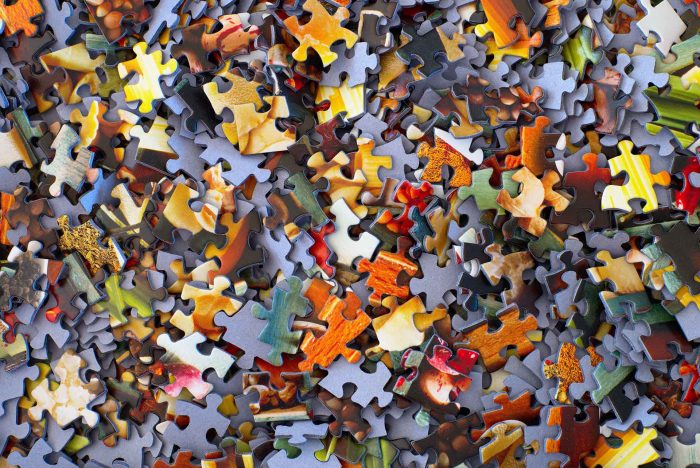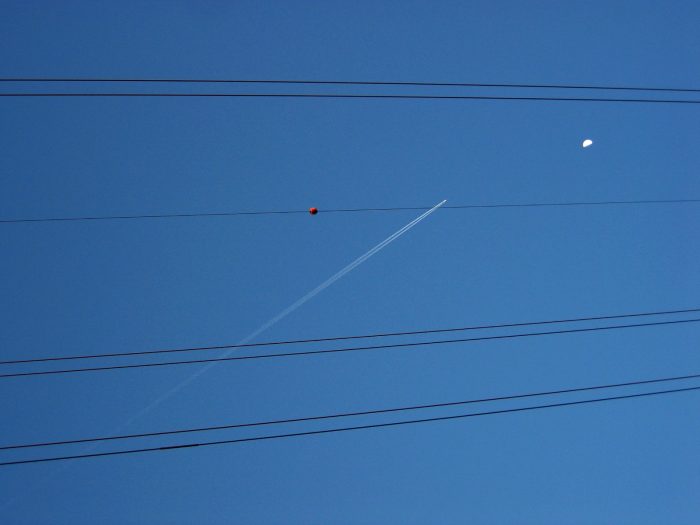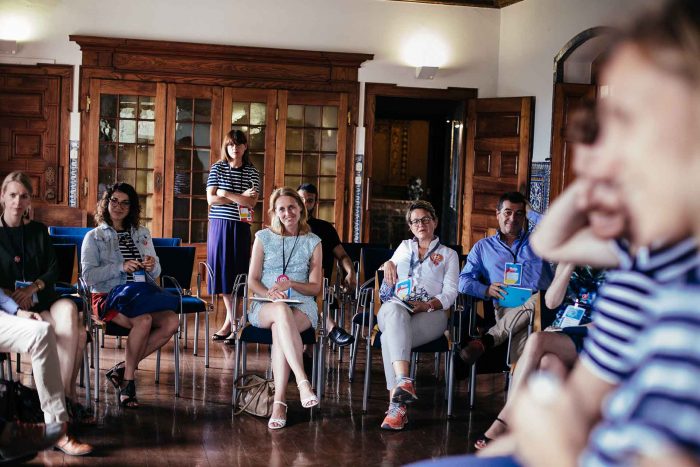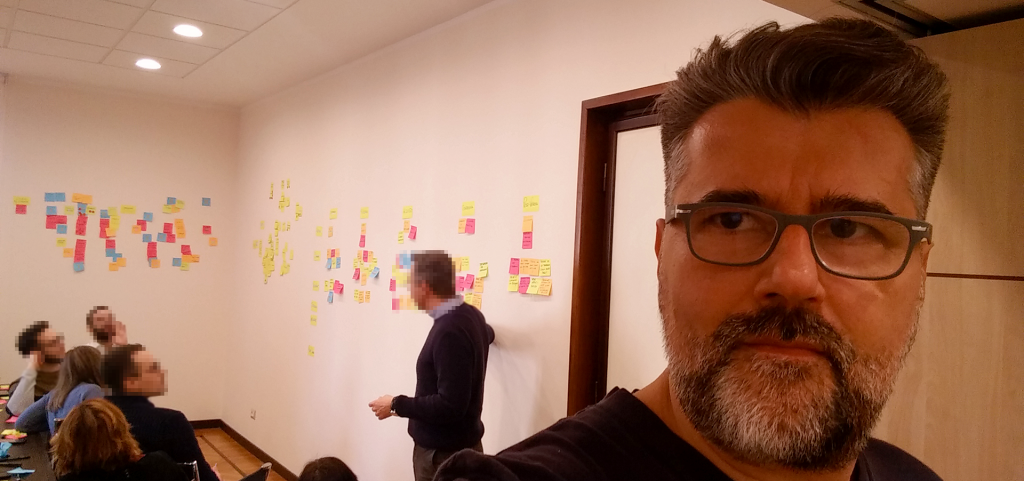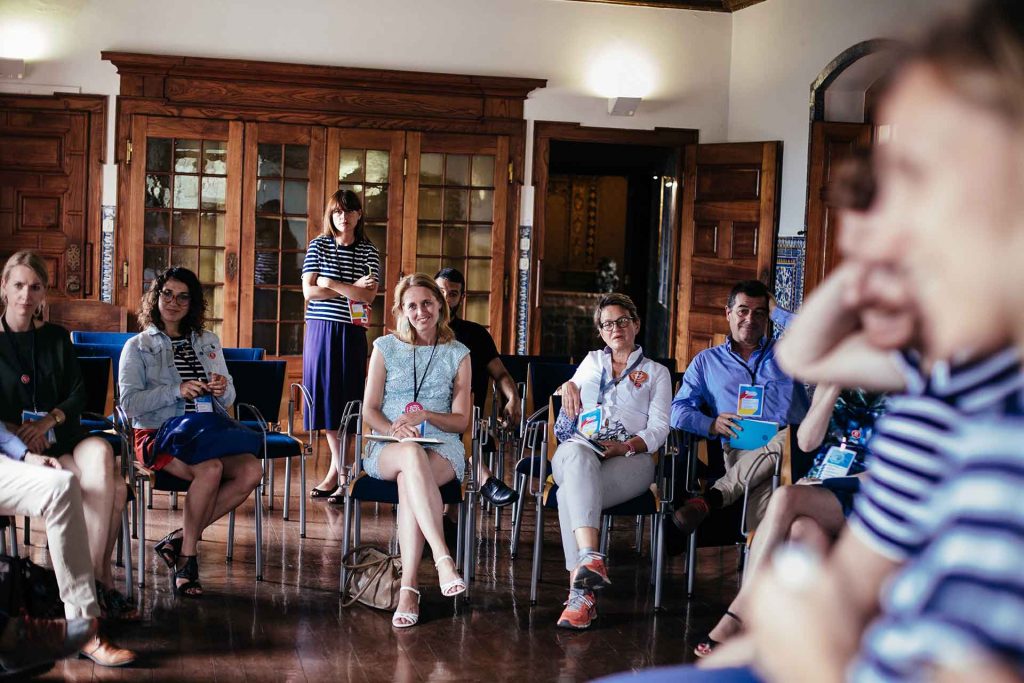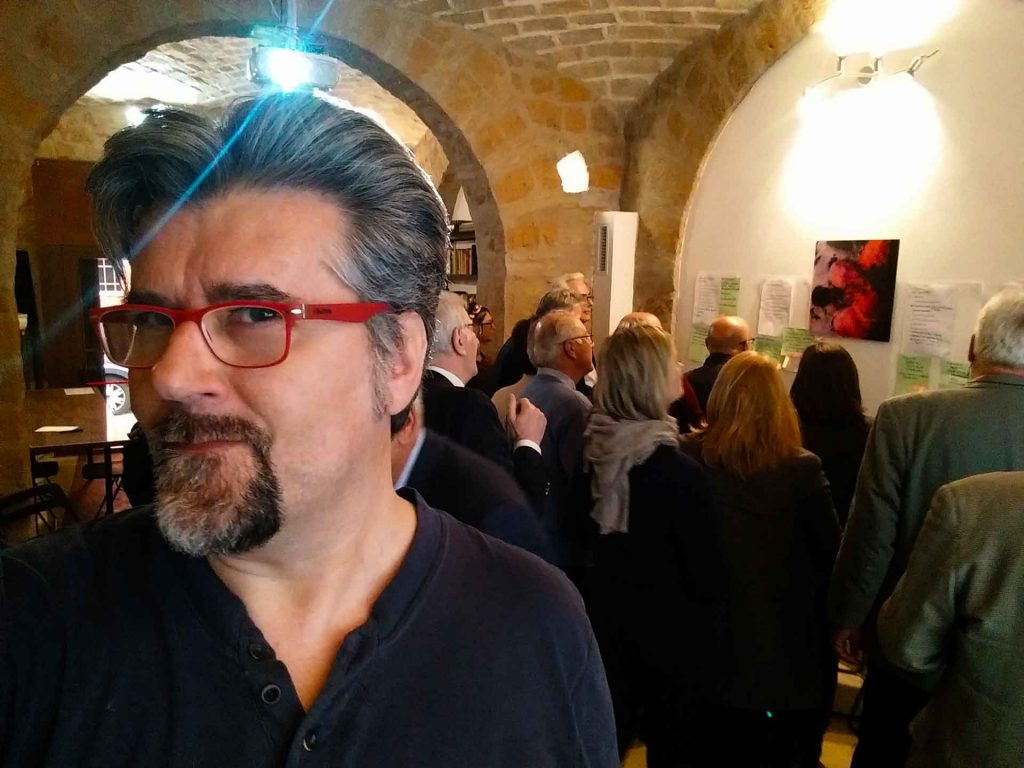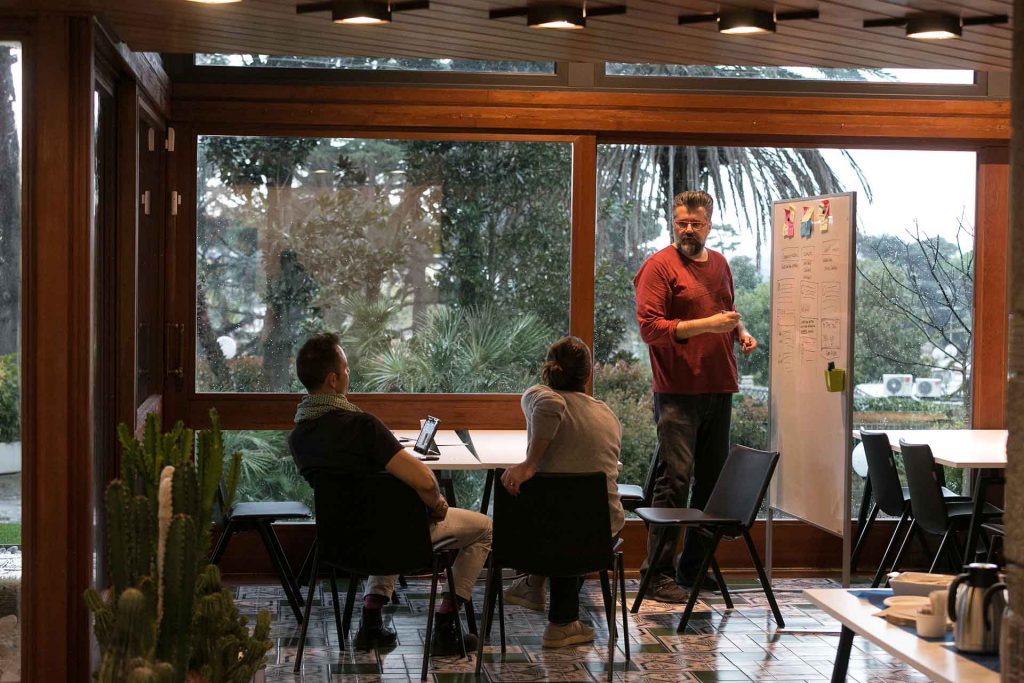What should you write about? How can you find the inspiration for a new article or a new diary post? What is capturing your attention and is worth of further thought? What does deserve to be put in words for somebody else to be read?
If you know already why you should write, read along to go on a journey to find what to write about.
What keeps you awake at night?
The negative things. Your financial sustainability. Your health concerns. Your anxieties, your worries. Your greatest fears. Your regrets, your remorse, your sorrows, your pains.
The positive things. Your wildest dreams, your ambitions, your aspirations and your inspirations. How to become an artist, a writer, a painter, a filmmaker. How to grow a child, a partner, a relationship.
Write about what keeps you awake at night.
How to save the world
Does the world need to be saved? Be more specific: what can you do to improve even one little component of that huge system called “the world”? How can you be a better human being having a positive impact on society and the environment? Are you rich? How can you do effective philanthropy? What’s the best way to use money, wealth, and abundant resources to improve the lives of as many living beings as possible?
Write about it.
You’re not rich? How can you have a positive impact on the world and the ecosystem without having infinite resources? Or, just a little? Or, nothing?
That’s even better: write about it.
Write about how you are going to save the world.
Checking your knowledge: what do you know?
Writing clarifies thought. And the clarification passes through the assessment of your knowledge. Try this exercise: what do you know? Pick a topic, the one you cherish the most, your passion, your professional field. What is, actually, that you know about it? Would you be able to open a blank document and to, without reference, write everything about it in a clear and systematic way? What are the foundations? The key concepts? Principles and values? Tools and techniques? Methods, tricks, attitudes, behaviors, traps?
Write about it. Write about what you know. And then, check what your wrote against the most authoritative sources you can find: how much of it is comparable? What did you get right? And wrong? What did you miss?
Write about it. Write about what you discovered by doing an improvised and unprepared writing session about a topic.
Understanding and Learning: what don’t you know?
What is that you need or you want to understand? What skills do you need to acquire to perform better in your job, in your athletic discipline, in your spiritual endeavours? How do you know that you know?
And, maybe, the most important question is: how can you discover those things that you don’t know you are ignoring?
Write about it.
Write about the things you don’t know and you want to learn about.
Create your Knowledge Matrix
Keep track of the topics falling in the category of “The Things You Want To Write About”. The list will be embarrassingly small, at the beginning. And by curating it, it will become amazingly long.
You need the equivalent of the Anti-Library proposed by Umberto Eco: the books you still have to read. You need a Knowledge Matrix, a systematic and structured list of topics you want to write about crossed with canonical questions.
What are the writing prompts to start researching and writing about a topic?
Begin with the most famous and immediate ones:
- Why
- What
- How
- When
- Where
- Who
Just as a starter. But, be aware. Researching a topic by intersecting the knowledge about it with philosophical questions doesn’t necessarily lead you to a well-written essay. That’s another story. But in order to write you need first inspiration and raw material to build up your exposition. The Knowledge Matrix is a starting point, a creative tool to put you in the position of having always something to write about. Moreover, following the Canonical Questions you can aim at being exhaustive and critical.
Write for your future self.
What is that bothers your about your life? What do you want to change about it? What knowledge and intellectual resources do you think you’ll need more? What is the inspiration that you are missing? What catches your attention because of an unexplained intuition?
Write about it.
Write for your future self. Don’t think too much, write organized units of knowledge to be addressed at your future self. You are, at least, two persons, and they can be very different: your current being and your future version of you. Take the person in the future as somebody else and, with loving care and dedication, write to them as the dearest friend you can have. What do you want them to know?
Write about what your future self needs to know.
Write for your “past”
What is that you would have wanted to know when you were younger? What is that you wanted to know when you were 8? Or 80? What did you want to know last year?
Write about it. Pick a real person, that you love or care about, that you know and at least can relate to. They should be younger than you. They could be much younger than you: think about children, for instance. What is that you know and is in your experience that you want to pass to them as your legacy?
Write about it. Write about what you would have wanted to know at the age which, currently, is somebody who you care about.
Write, unconsciously
If you make an effort to develop a habit of writing daily, you could equip yourself with one of the most powerful skills a creative could have: free-flowing creation.
When you stop being aware of your surroundings and focus only on your fingers tapping. On the words, slowly, appearing on your screen. And when you start to finally listen to your inner voice, but not the symbolic one: the voice of your mind. The real “you”, talking in your head. When you are in the creative flow, in a focused, undistracted, intense session of writing, non-stop. When you are “in the flow”, you have established a direct connection with your brain.
You can recognize this heavenly state when you see words appearing on the screen which almost surprise you. When you reach the capability of writing almost as fast as the speed of your inner voice talking, then you are “in the flow”. Nothing can interrupt you. There is no pressure, no guilt, no fear. And words just appear out of nothing.
That moment, there, is when you can be purely creative. Listen to that voice, the most inner expression of your being. Listen with dedication and love. Just let it flow without interruption. Your goal is not to say meaningful things or to explain what you are writing.
Just write. Write your mind. Write your thoughts.
Only after rest, reflection and editing you will be able to dive into the sea of your written thoughts to fish for precious pearls. Only after having collected, cleaned-up and curated your thoughts as precious gems you will be able to create intellectual jewels out of them.
Write about it. What have you discovered while you were in the free-flowing creative mode?
You don’t know what to write about? Read
Read. Whatever is in your reach and in your interests. Read books about known or unknown topics. Read newsletter, blogs, online articles. Read newspapers. Read whatever could bring you new concepts and inspiration with the voice of somebody else.
But, here is the point, write about what you read. You should not just keep your eyes entertained by serifs and sans-serifs. By glyphs of beautiful fonts printed on the most precious paper. You have to engage the author with critical questions. And you have to stop, at the end of each meaningful section, and rewrite the concepts in your own words.
Write about what you read. Do not be a passive reader ingurgitating millions of words about which, for the majority, you will forget about. Stop, question and reflect about what you read. Summarize it and enrich it with your knowledge, make connections with related concepts. And write about it.
Be always capturing inspiration
Keeps a notebook near your bed and write down any thought or dream as soon as it happens. It will become the source of your writings. If you write fiction it can be the inspiration for a story or a character. Otherwise it can be a hint about your unconscious mind and you can study it to learn more about the intimate you.
Write about any inspiration you come up with and keep it safe and organized.
Curate your archive of writings
Create a central archive of anything that you write. Enrich each document with a proper title, a description and maybe some tags to categorize it. Capture the essence of the context around it: when did you write? Where were you? Take the occasion to probe your mood, your feelings and your thoughts about it. How did you feel? What was the emotional context in which you wrote that? It will become a multi-purpose archive of your life: a diary, a sketchbook, an emotional journal, a performance tracker.
Create your list of writing prompts
You should have your list of writing prompts, extend mine, add your personal ones, make experiments and refine it.
Did you find my list of creative source of inspiration useful? Will you use it? Are you already using some of those prompts? What writing prompts would you add?
